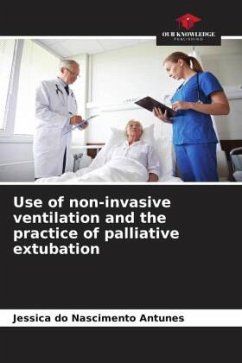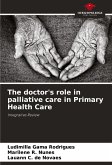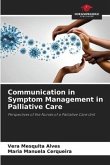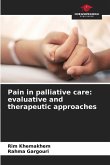Referring individuals to the intensive care unit aims to provide the most modern technological resources to maintain life, but this is not enough to eliminate the suffering and anguish of patients and their families. Palliative care patients in intensive care units are fraught with conflict, especially when intensive care professionals are faced with the process of death, which requires decisions related to therapeutic limits. Withdrawal from mechanical ventilation is one of the most difficult decisions to make in the intensive care unit, making it necessary for health professionals to provide individualised attention to the patient in order to better choose the therapeutic approach. Non-invasive ventilation is the resource most commonly used to minimise dyspnoea symptoms in patients in the terminal phase of life, thus reflecting comfort, reducing the length of hospital stay and improving the quality of death.
Bitte wählen Sie Ihr Anliegen aus.
Rechnungen
Retourenschein anfordern
Bestellstatus
Storno








